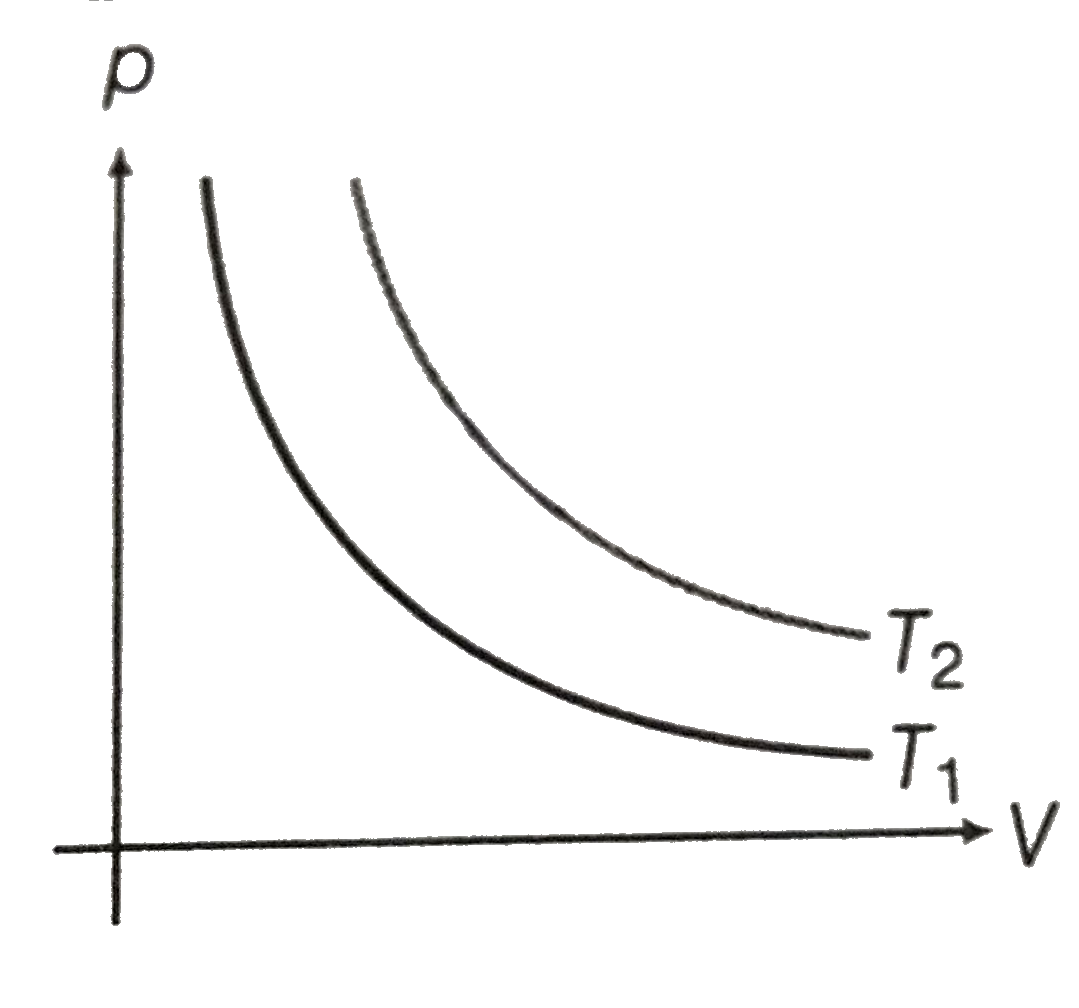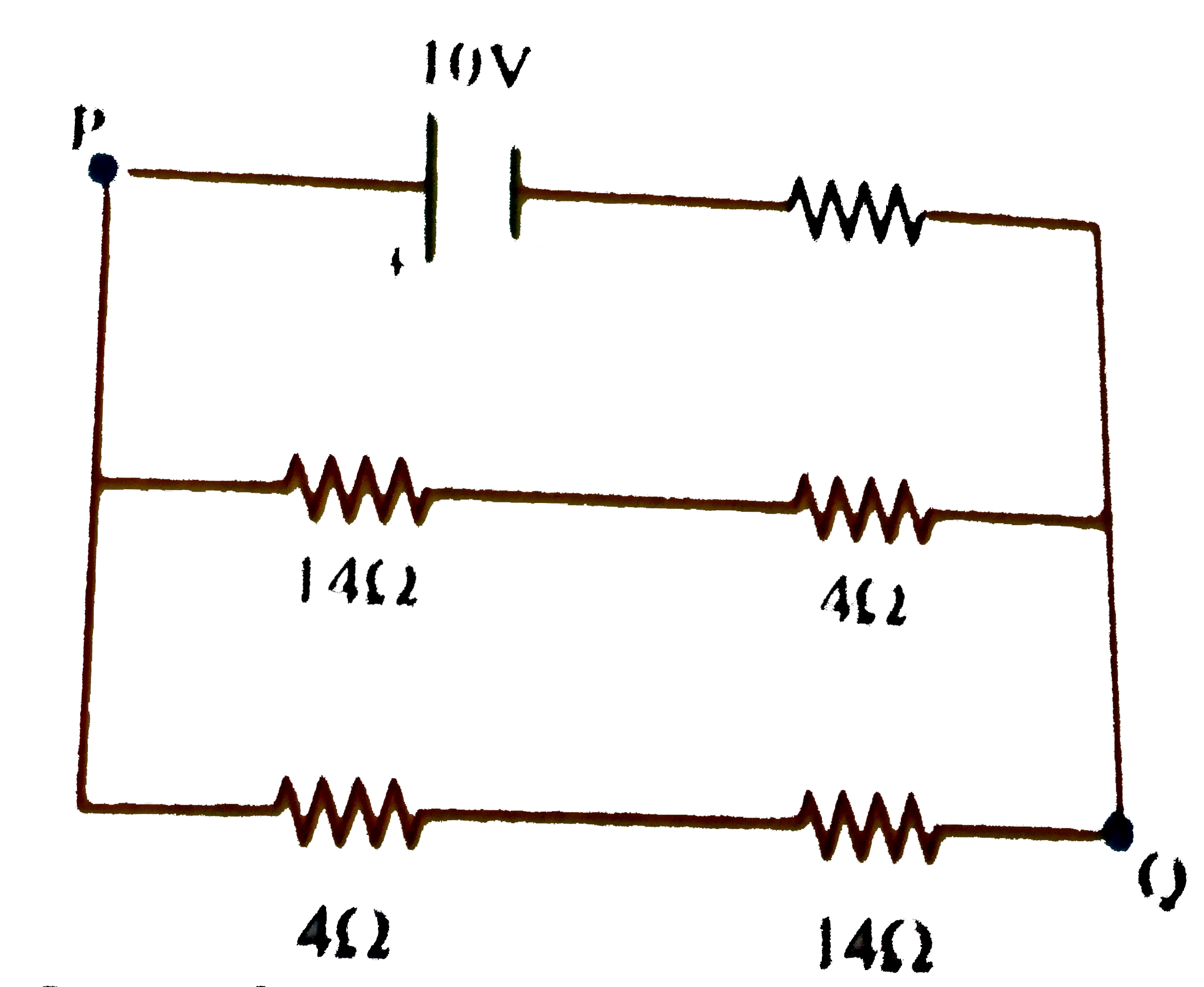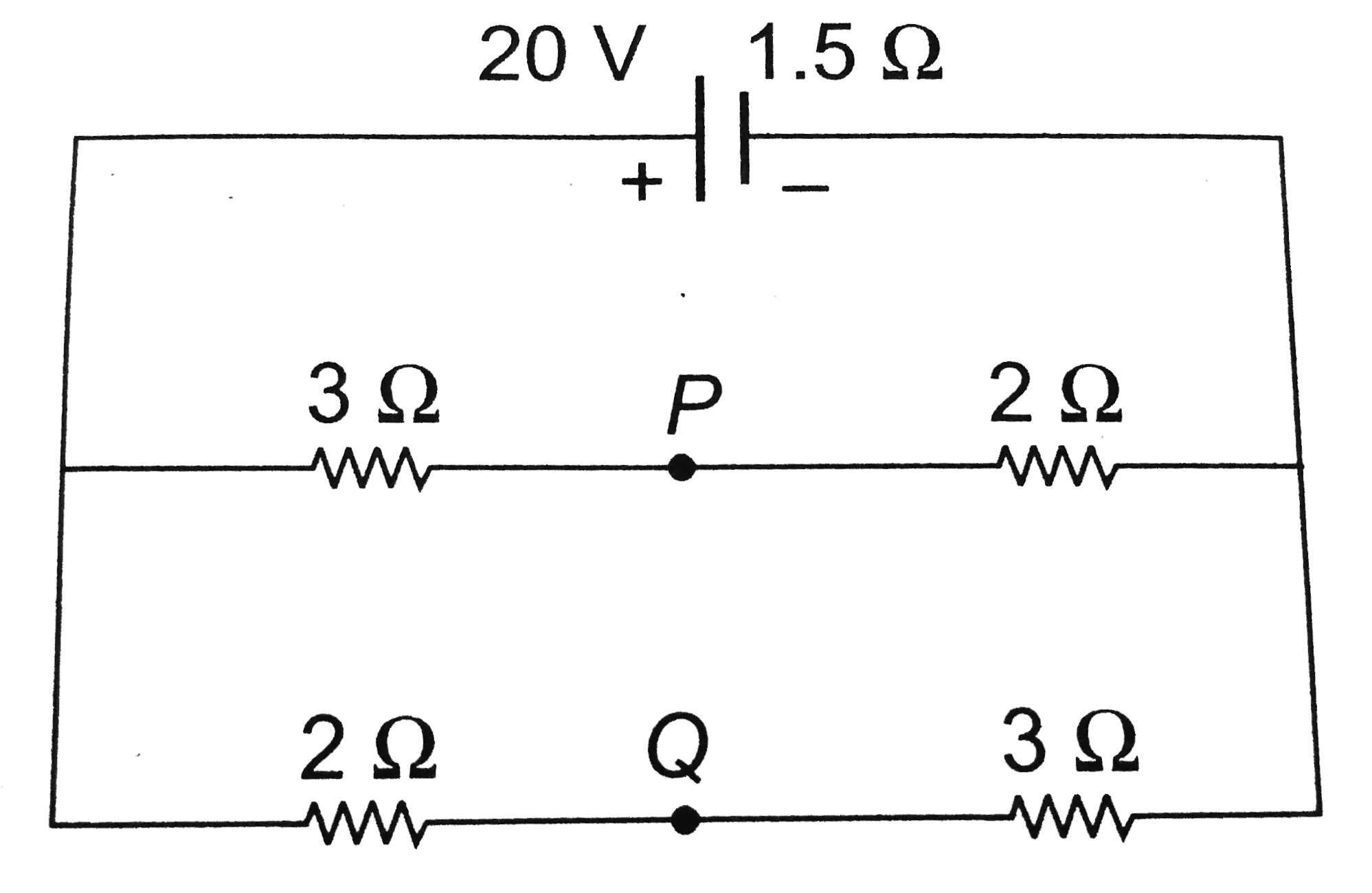Two starts P and Q have slightly different surface temperature TP and TQ respectively, with TP>TQ. Both starts are receding from the earth with speeds vP and vQ relative to the earth. The wavelength of light at which they radiate the maximum energy is found to be the same for both.
vP>vQ
vP<vQ
vP=vQ and the size of Q> the sizer of P
Nothing can be said regarding vP and vQ from the given data.
The correct Answer is:A
Step by step video, text & image solution for Two starts P and Q have slightly different surface temperature T_(P) and T_(Q) respectively, with T_(P)gtT_(Q). Both starts are receding from the earth with speeds v_(P) and v_(Q) relative to the earth. The wavelength of light at which they radiate the maximum energy is found to be the same for both. by Physics experts to help you in doubts & scoring excellent marks in Class 12 exams.
Updated on:21/07/2023Topper's Solved these Questions
Similar Questions
The p−V diagrams of same mass of a gas are drawn at two different temperatues T1 and T2 Explain whether T1>T2> or T2>T1.

View SolutionTwo satellites P and Q are moving in different circular orbits around the Earth (radius ?). The heights of P and Q from the Earth surface are hp and hQ, respectively, where hP=?3. The accelerations of P and Q due to Earth’s gravity are ?P and ?Q, respectively. If ?P?Q=3625, what is the value of hQ?
View Solution
Knowledge Check
If t2andt3 of a GP are pandq, respectively, then t5=__________.
Ap(qp)3Bp(qp)2Cp2q3Dp2q2If statements (p∧q)" and [(p∧q)↔q] are both false, then truth-values of p and q are respectively
AT,FBF,TCF,FDT,TTwo bodies P and Q have thermal emissivities of ɛPandɛQ respectively. Surface areas of these bodies are same and the total radiant power is also emitted at the same rate. If temperature of P is θP kelvin then temperature of Q i.e. θQ is
A(ɛQɛP)1/4θpB(ɛPɛQ)1/4θpC(ɛQɛP)4θpD(ɛPɛQ)4θp
A particle is thrown vertically upwards from the surface of the earth. Let TP be the time taken by the particle to travel from a point P above the earth to its highest point and back to the point P. Similarly, let TQ be the time taken by the particle to travel from another point Q above the earth to its highest point and back to the same in terms of TP,TQ and H, is :-
View Solution
If in the circuit shown below, the internal resistance of the battery is 1Ω and VP and VQ are the potentials at P and Q respectively, the potential difference between te point P and Q is
View SolutionIf in the circuit shown below, the internal resistance of the battery is 1.5Ω and VP and VQ are the potential at P and Q respectively, what is the potential difference between the point P and Q?

View SolutionTwo stations P and Q are at a distance of 160 km. Two trains start moving from P and Q to Q and P respectively and meet each other after 4 h. If speed of the train strating from P is more than that of other train by 6 km/h, then find the speeds of both the trains, respectively.
View SolutionTwo satellites P,Q are revolving around the earth in different circular orbits. The velocity of P is twice the velocity of Q. The height of P from the earth's surface is 1600km . The radius of orbit of Q is (R=6400km)
View Solution
